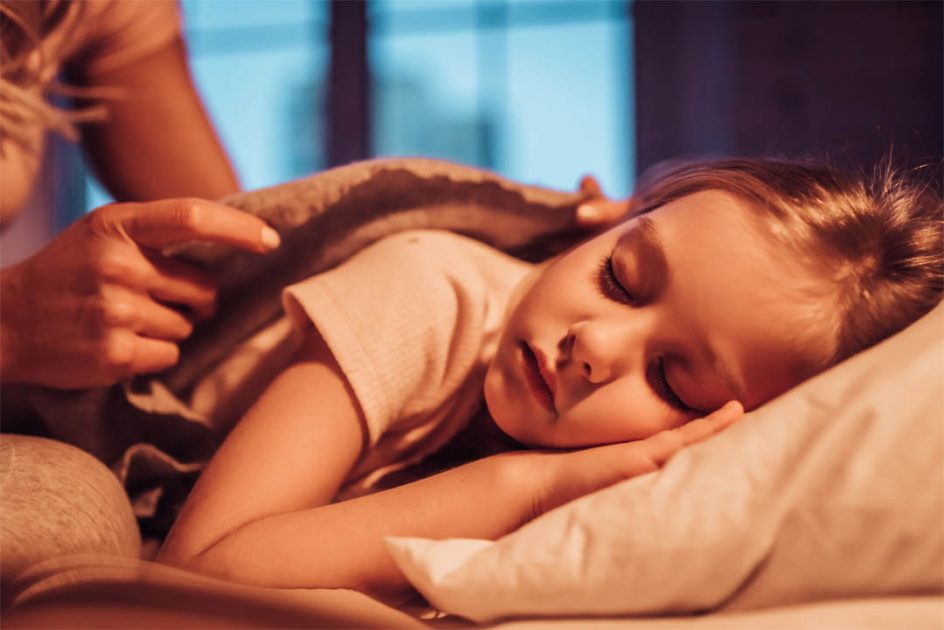The topic on everyone’s mind is COVID and the impact that this is having on our lives. For many, these times provide challenges on many levels. For our children, many obvious factors are impacting their lives. However, I often hear parents attributing specific changes in their children’s lives to COVID, and in a sense, this is true. But, in another sense, it may not be accurate.
Before jumping into this, let’s first discuss the word ‘stress.’ This is our society’s language for fear and anxiety. It’s more acceptable to use this as code, but we want to be clear on this: It’s all about fear, anxiety, and worry.
Mistaken Conclusions
1. COVID Is The Stress Factor Causing My Child’s Anxiety
Of course, COVID is the cause of the many, many changes in our society impacting our daily lives. This is true for adults and children. Not in question
However, for many of you (not all), your children are not thinking about COVID. They are not thinking about viruses and statistics and fears about the future.
Instead, children focus on the practical, day to day changes that affect their lives. And in this realm, there are many. These include changes in routine, absence of friends, inability to play sports, mom and dad home all the time, and the list goes on.
Turn Around Point: The day-to-day changes that cause stress to our children are not COVID itself. Indeed, there are exceptions, but for most of you, turn away from a focus on COVID. And instead, turn toward the practical pieces of life that you can control.
2.”I Can’t Do Anything To Help With Their Stress.”
For most families, this is likely, not accurate. Why? Because it is the consequences of our societal changes that are impacting how we handle our children and our homes. In many cases, we focus on the circumstances we cannot control while failing to appreciate what we can control. Please understand this.
For example, we can’t control what society is doing this summer. There are few sports and structured activities outside the home. However, if not careful, we then allow that ‘unstructured’ outside world to become reflected inside our home. This is a mistake.
Turn Around Point: Structure /routine is not only your best friend during these times, but it is also your child’s best friend. Why? It’s quite simple. Predictability!
The more predictable the daily routine, the fewer thoughts or decisions I have to make. Such ‘predetermined’ daily routines are calming, reassuring, and reduces anxiety.
But there’s more! Structure (i.e., healthy daily routines) imposed by mom or dad implies that someone is at the helm and in control of the ship. Strong leadership is always reassuring, especially to an anxiety-prone child. While I may fight for control as a child or teen and want no structure, this is not what is needed. I may even scream for having it my way, but it doesn’t mean I know what is best for me!
Some of you see this in your home today. The absence of structure and routine has led to more signs of anxiety and withdrawal with your children. Your children need the opposite.
3. Sleep Problems Are Due to COVID.
Again, not wholly accurate. While the first changes from COVID affected all of us, I am finding most families struggling with sleep patterns are doing so amidst a home with little to no healthy sleep routine. There is no clear message or methodology for getting kids to bed early in these homes and then waking them up for the morning.
Let’s be clear. Sleep is fundamental to happiness and a calm mind. Without it, we humans struggle. Too little sleep, too much sleep, or inconsistent sleep patterns are all sources of anxiety, poor performance, and mood-related problems.
Turn Around Point: Sleep routines ARE within parental control. We can’t blame this on COVID. Learning to manage your home so you CAN create healthy habits is critical to help your child with sleep. And from that, you help them with their stress and fears.
The biggest issue here is to take action. Stop allowing things to unfold because it’s easier to let kids stay up, play movies or video games, and then let them sleep. Stop. What is most comfortable is not the best here.
Instead, impose limits on bedtime and make it consistent. Start a morning routine that requires them to get out of bed. And then, put some structure and tasks into the day. Hold to this game plan without emotion or lots of dialogue and discussion.
When you do, your home comes together as you focus on what you can control. As you learn to bring limits and structure back into the home, things will become better soon. You will see the anxiety and fears diminish (despite your children’s resistance and drama early on). Very shortly, these changes will also bring you peace of mind, as you see the power you have to make a difference!
“I Fear My Child Has An Anxiety Disorder.”
Many children were vulnerable to anxious thoughts before COVID, and now they are struggling even more given the reality of daily life. I see those highly anxious children in our clinic quite often. They experience MORE than situational anxiety, as their brains are programmed to produce anxious thoughts, and it is no easy task to change this. More is needed.
In such a case, I suggest that you consider Neurofeedback as an option for such children. They may have brain wave patterns that are more deeply ingrained and need more powerful tools to change those patterns. Therapy has not proven to be predictable over the long term, and medication has the same limitation and comes with serious side effects.
Thus, Neurofeedback, which incrementally changes the brain with simple but highly refined biofeedback signals, offers hope for long-term improvements. The current research also suggests that children who train with Neurofeedback gain two additional advantages. First, after the training is over, the brain continues to improve, and symptoms lessen over time. This is quite astounding and not found in other treatments.
Secondly, children seem to generally ‘get smarter.’ Studies show a tendency to gain 15-20 IQ points after training. This comes from the various changes in the brain that allow for better focus and more optimal utilization of the brain.
You can learn more at www.CaptitalDistrictNeurofeedback.com. Click on the Research tab at the top right of our website, to learn more about the literature and the value of this technology for children and adults. Or call my office at 518-606-3805 and ask to set up a time to speak with me, Dr. Randy Cale, to discuss Neurofeedback and how it can help you.






